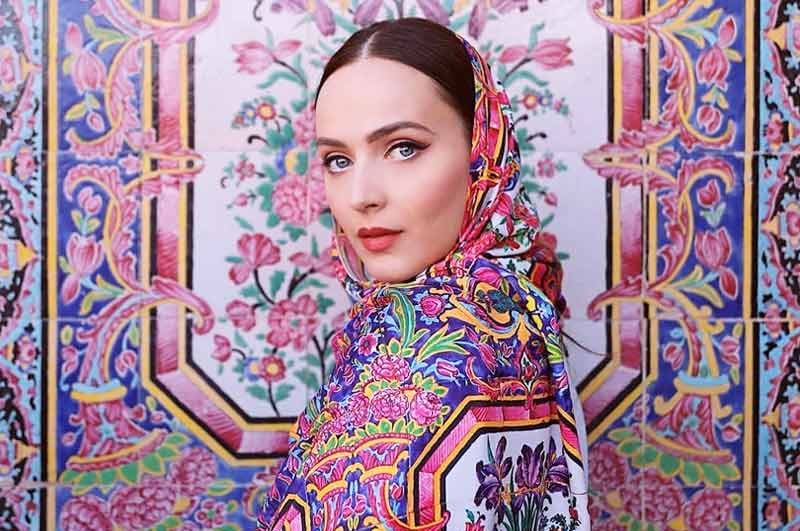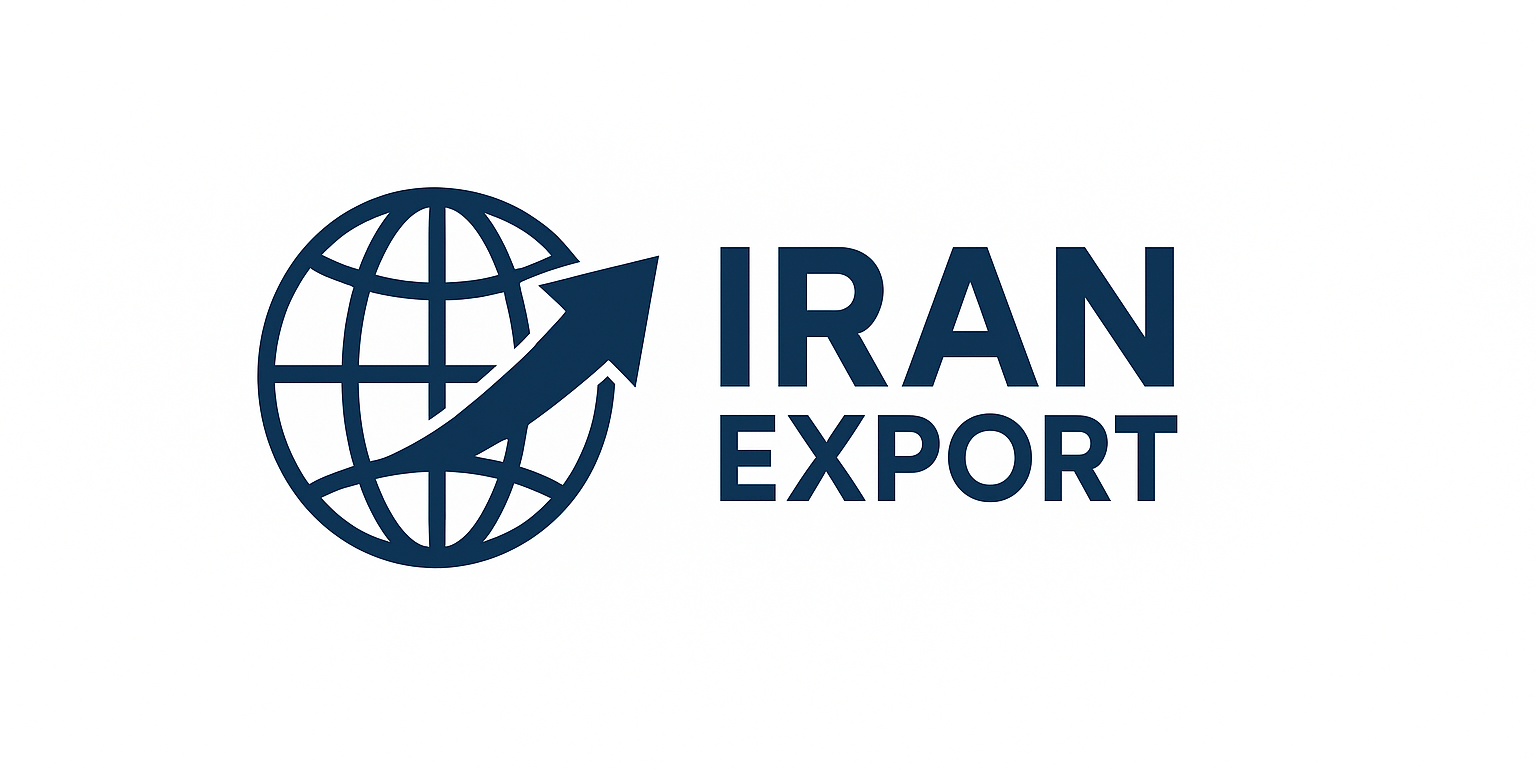
Iranian Apparel in Global Markets: Blending Tradition and Modernity
Introduction
The global fashion industry is constantly evolving, shaped by cultural influences, sustainability concerns, and consumer demand for diversity. Among the emerging players, Iranian apparel stands out for its unique ability to blend centuries-old traditions with contemporary fashion trends. From intricately woven fabrics and traditional garments to modern ready-to-wear collections, Iran’s clothing industry is increasingly attracting international attention. This article explores the cultural, economic, and export potential of Iranian apparel, highlighting its role in the global market.
The Rich Heritage of Iranian Textiles and Clothing
Iran has been a hub of textile production for millennia, known for its silk, cotton, and wool weaving traditions. Historical garments such as the Persian robe, embroidered coats, and handwoven shawls symbolize the artistic depth of Iranian craftsmanship. These traditional designs not only reflect Persian culture and heritage but also provide inspiration for modern fashion collections. Today, many Iranian designers incorporate handcrafted embroidery, natural dyes, and intricate patterns into contemporary styles, appealing to consumers seeking authenticity and cultural storytelling in their clothing.
Modernization of the Iranian Apparel Industry
In recent decades, the Iranian textile and clothing sector has undergone significant modernization. Advances in industrial machinery, digital printing, and sustainable textile production have enabled manufacturers to compete in international markets. Emerging Iranian fashion brands now design collections that combine global fashion aesthetics with Persian-inspired motifs, creating products that resonate with both domestic and international consumers.
Moreover, eco-friendly fabrics and sustainable fashion initiatives are becoming central to Iran’s apparel exports, aligning with global trends that prioritize environmental responsibility. This strategic modernization allows Iranian brands to position themselves as innovative yet culturally rooted players in the fashion world.
Economic Significance of Iranian Apparel
The apparel and textile industry is one of Iran’s most important non-oil sectors, employing millions and contributing significantly to national GDP. Iran’s cost-effective labor market, access to raw materials such as cotton and wool, and growing domestic demand create a strong foundation for apparel production.
On a global scale, the demand for unique and culturally rich fashion products continues to rise, giving Iranian apparel a competitive edge. By combining traditional craftsmanship with modern production methods, Iran has the potential to capture a larger share of the global fashion and textile market.
Export Potential of Iranian Clothing
Iranian apparel exports are gaining recognition in markets across Asia, Europe, and the Middle East. Traditional garments like Persian shawls, scarves, and embroidered dresses have strong demand in luxury and niche markets. At the same time, modern ready-to-wear collections appeal to fashion-conscious consumers in urban centers worldwide.
The geographic advantage of Iran—situated at the crossroads of Asia and Europe—facilitates efficient logistics and trade connections. Furthermore, the growing interest in cultural fashion and the rise of online retail platforms create additional opportunities for Iranian apparel brands to expand their global footprint.
Competitive Advantages of Iranian Apparel in Global Markets
Iran’s clothing industry enjoys several key competitive advantages:
-
Cultural Authenticity: Unique designs rooted in Persian heritage differentiate Iranian apparel from mass-produced global fashion.
-
Skilled Craftsmanship: Generations of artisans bring expertise in weaving, embroidery, and tailoring.
-
Cost Efficiency: Competitive production costs make Iranian apparel attractive for both luxury and mass markets.
-
Sustainability Initiatives: Increasing focus on eco-friendly fabrics and production methods resonates with global consumer preferences.
-
Hybrid Fashion Appeal: The ability to merge traditional aesthetics with modern styles creates products suited for diverse markets.
Challenges and Future Outlook
Despite its strengths, the Iranian apparel industry faces challenges, including limited international brand visibility, trade restrictions, and the need for stronger marketing strategies. To fully leverage its potential, Iran must invest in global branding, e-commerce platforms, and partnerships with international fashion houses.
The future of Iranian apparel lies in its fusion of tradition and innovation. By emphasizing sustainability, cultural richness, and creative design, Iran can establish itself as a recognized force in the global fashion supply chain.
Conclusion
Iranian apparel represents a powerful blend of tradition and modernity, offering unique opportunities in the global fashion market. With its rich textile heritage, skilled artisans, and growing focus on sustainability, Iran is well-positioned to become a key player in international fashion exports. As global consumers increasingly seek products that combine authenticity, culture, and contemporary style, Iranian clothing is set to gain greater recognition and demand worldwide.

